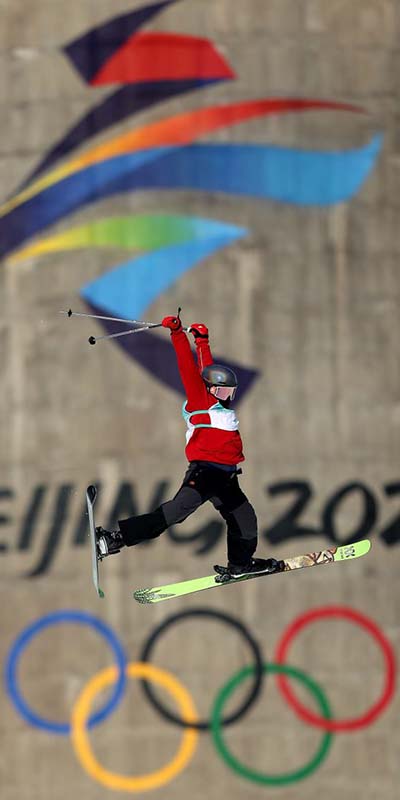
While it is known that exercise and sport participation confer a number of health benefits, sport participation in particular at the elite level can also carry an associated increased risk of musculoskeletal injury and illness.
Olympic Games injury and illness surveillance
Much is known about the occurrence and nature of elite athlete injuries and illnesses during major sporting events such as during the Olympic Games and World Cup tournaments. However, outside of major tournaments, there are no international studies prospectively following elite athlete injuries and illnesses during the whole of their sporting careers. Information on other emerging health and wellbeing issues, such concussion, mental health etc, are also missing.
Elite athletes in retirement
There is a growing body of knowledge on what happens to elite athletes when they retire from sport, with retired athletes reporting higher rates of pain and osteoarthritis (OA), but better self-reported general health in later years compared with the general population. Significant joint injury is a risk factor for the development of osteoarthritis, and there is evidence from elite sport reporting an association between joint injury and ongoing pain, and the development and progression of OA in retired athletes.
Limitations to current knowledge
Current Olympian injury and illness surveillance studies are limited to data captured during a 3-week window, once every four years. In addition, retired athlete studies are limited in terms of recall bias due to the retrospective nature of injury history questions. There are also limitations of self-selection bias—whether those who are responding in retirement are representative samples of the wider athlete population being studied. Hence, there are significant gaps in our understanding of wider Olympian health, and what happens to these athletes between injuries and illnesses captured during the Olympic Games and information gathered when they get to retirement.
Aims and objective for the IOC Olympian Health Cohort
Prospective monitoring of Olympians throughout their competitive careers is needed to:
- understand the magnitude of injury and illness and other health and wellbeing issues in Olympians (including the interaction between physical health and other health and wellbeing measures);
- ascertain more accurate risk factors for short and long term athlete health and wellbeing.
The aim of the IOC Olympian Health cohort study is to recruit and establish a Global cohort of current Olympians competing in the summer and winter Olympic Games, in order to follow them prospectively throughout their Olympic careers and into retirement. Setting up the Olympian database will enable real time surveying of musculoskeletal and general health and well-being measures at different stages of the athletes’ careers, and as they transition out of sport and into retirement.

